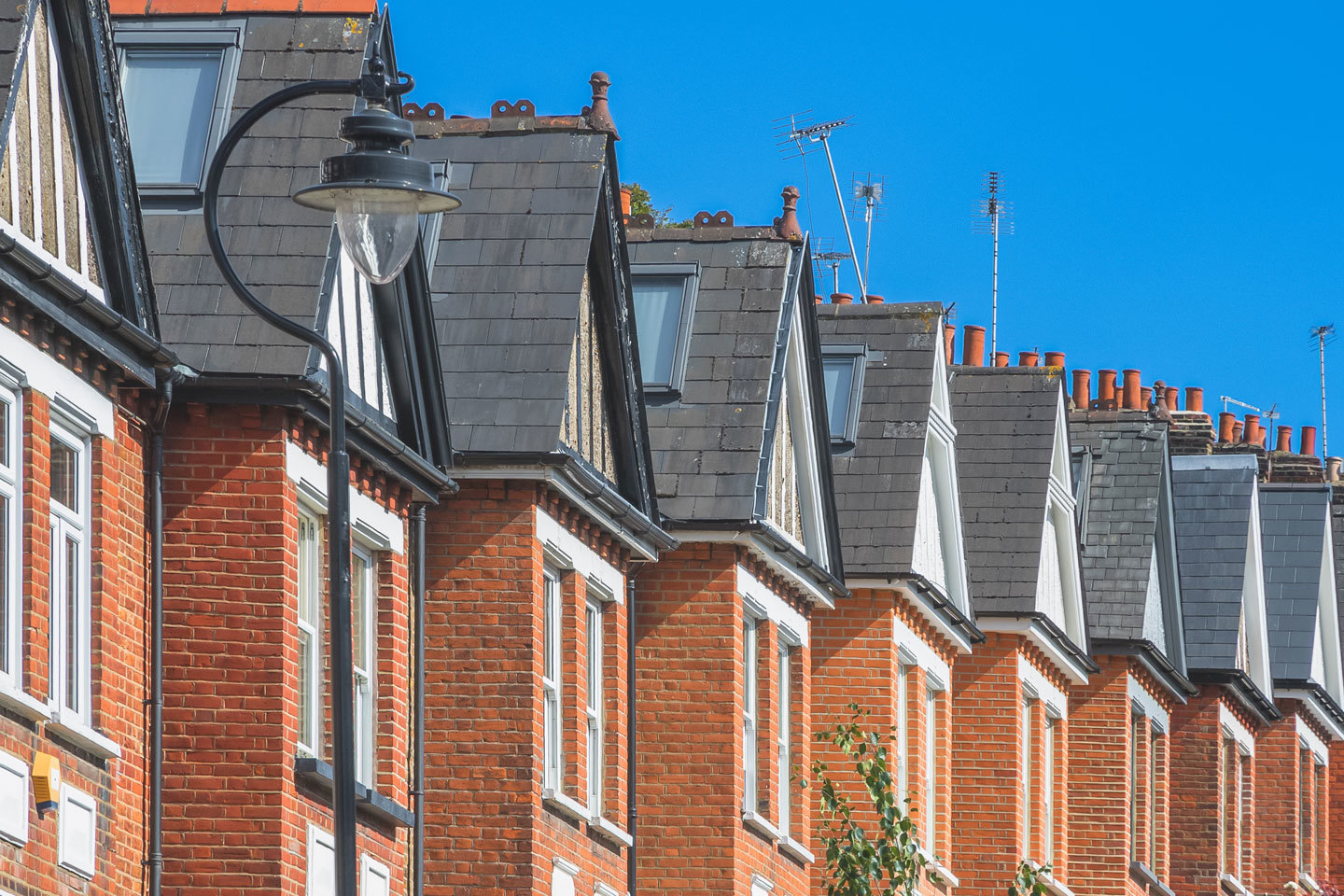July 11, 2023
Amendments (August 2020)
As of the 31st August 2020, exciting changes to permitted development (PD) rights will be introduced which allow for enlargements to dwellinghouses through additional storeys. These new PD rights do come with a series of restrictions but could help unlock significant development opportunities.
As a property owner or developer you may wish to take advantage of these new PD rights, in the absence of any other detailed procedural guidance, our checklist below will assist you to bring forward your development.
Step 1 – Consider Exemptions
The Local Planning Authorities (LPA) have areas where these PD rights will not apply including:
- If the building is within article 2(3) land – Conservation Area, AONB, the Broads, National Park or World Heritage Site
- If it forms part of a site of special scientific interest (SSSI)
Step 2 – Confirm the dwellings compliance
- The existing dwelling can be detached, semidetached or terraced but must:
- Have been constructed after 1st July 1948 and before 28th October 2018
- Not be a dwellinghouse through a previous change of use
- Not already be extended by an additional storey
- Restrictive conditions on previous planning permissions also need to be taken into consideration.
Step 3 – Other considerations
- The enlargement allows for 1no. additional storey on single storey dwellings and 2no. additional storeys for dwellings of two-storeys or more.
- In terms of new heights, restrictions include:
- The overall height of the extended dwelling must not exceed 18m
- For a single storey dwelling, the maximum increase in height is 3.5m
- For a detached dwelling, the maximum increase in height is 7m
- The additional storey must be constructed on the principle part of the dwelling
- The development must not require any engineering operations other than works within the curtilage to strengthen the dwellings existing walls and foundations.
Step 4 – Prior Approval
- In all cases, an application for Prior Approval will need to be made to the LPA.
- A Prior Approval application can be refused on a number of grounds including:
- Impact on amenity of any adjoining premises through overlooking, privacy and loss of light
- External appearance of the dwelling including through design and architectural features of
- (a) the principle elevation of the dwelling
- (b) any side elevation which fronts a highway
- Air traffic and defence asset impacts
- The dwelling is within a protected view as identified in the Protected Views Vistas
Step 5 – Application Checklist
Under the prior approval process associated with Part 1, Class AA, an application must include:
- a written description of the proposed development including details of any proposed works
- a site location plan
- Existing and proposed elevations and position of proposed windows
Step 6 – Determination Process
- The LPA will confirm the building complies with the requirements set out in Step 2
- The LPA will notify each adjoining address
- The LPA will consult with the Civil Aviation Authority to determine if the site presents risk to air traffic or defence asset.
- The LPA will consult Historic England to establish if there are any risks to protected views
- The LPA will assess the proposed extension in regard to the requirements of the prior approval with reference to amenity and external appearance.
- If it is determined the proposal has no impacts, prior approval will not be required and the LPA will confirm the development can proceed



